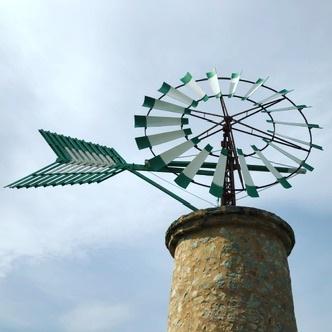How has the geography of the Balearic Sea influenced its history and culture?
Similar Topics
balearic sea
mallorca
history
culture
trade
civilizations
agriculture
tourism
dialects
cultural heritage
The geography of the Balearic Sea has played a significant role in shaping the history and culture of Mallorca and the other Balearic Islands. Strategically located between the Iberian Peninsula and North Africa, the Balearic Sea has been a crucial maritime route for trade and cultural exchange since ancient times. This strategic position attracted various civilizations, including the Phoenicians, Romans, and Moors, each of whom left a lasting imprint on the island's culture, architecture, and language.
The island’s mountainous terrain and rugged coastline contributed to a diversified agricultural system, fostering the cultivation of olives, almonds, and grapes, which reflects in the local cuisine and traditions. Furthermore, the geographic isolation provided by its mountainous interior facilitated the development of distinct local customs and dialects, such as Mallorquín, which are still prevalent today. The sea also played a pivotal role in the island’s economy, not just through fishing and agriculture but increasingly through tourism in modern times, which has become a major economic driver for the region.
Mallorca's varied landscape, featuring both coastal areas and inland mountains, has inspired artists and writers, contributing to a rich cultural heritage that celebrates both its natural beauty and historical complexities. Overall, the geography of the Balearic Sea has not only influenced the practical aspects of life on Mallorca but also enriched its cultural identity, making it a unique confluence of history, art, and tradition.
The island’s mountainous terrain and rugged coastline contributed to a diversified agricultural system, fostering the cultivation of olives, almonds, and grapes, which reflects in the local cuisine and traditions. Furthermore, the geographic isolation provided by its mountainous interior facilitated the development of distinct local customs and dialects, such as Mallorquín, which are still prevalent today. The sea also played a pivotal role in the island’s economy, not just through fishing and agriculture but increasingly through tourism in modern times, which has become a major economic driver for the region.
Mallorca's varied landscape, featuring both coastal areas and inland mountains, has inspired artists and writers, contributing to a rich cultural heritage that celebrates both its natural beauty and historical complexities. Overall, the geography of the Balearic Sea has not only influenced the practical aspects of life on Mallorca but also enriched its cultural identity, making it a unique confluence of history, art, and tradition.
🧩 Related Questions
Related Question
How can understanding the impact of the Christian reconquest enhance a traveler’s appreciation of Mallorca’s rural landscapes?
Related Question
What is the average travel time between major attractions in Mallorca using public transport?
Related Question
What historical sites in Mallorca provide the most impressive views of the Mediterranean Sea?


